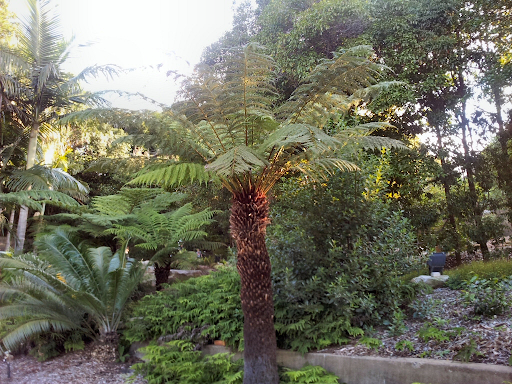Palm trees are admired for their elegance and resilience, often symbolizing tropical landscapes and warm climates. However, even these hardy plants are not immune to diseases. A palm tree can be vulnerable to fungal infections, nutrient deficiencies, and pest-related issues, all of which may compromise its health and appearance. Identifying common diseases and applying the right treatments early ensures these iconic trees continue to thrive in landscapes and gardens.
Fusarium Wilt
One of the most destructive diseases that can impact a palm tree is Fusarium Wilt. This fungal infection is caused by Fusarium oxysporum and often spreads through contaminated soil or pruning tools. The disease blocks water-conducting tissues, leading to yellowing fronds that eventually wither and die.
Treatment involves preventive care more than cure, as Fusarium is difficult to eradicate once it has taken hold. Using sterilized pruning tools, applying fungicides, and removing infected fronds can help slow its progression. Planting resistant varieties and avoiding cross-contamination are also effective measures.
Ganoderma Butt Rot
Another significant threat to a palm tree is Ganoderma Butt Rot, caused by the fungus Ganoderma zonatum. This disease typically attacks the lower trunk, producing shelf-like conks (fruiting bodies) that indicate decay inside the tree. Affected palms often decline rapidly, eventually collapsing due to structural weakness.
Unfortunately, there is no cure for Ganoderma once established. The best strategy is prevention—avoid injuring the trunk and ensure soil drainage remains healthy. Once infected, the only option is safe removal and proper disposal of the diseased tree to prevent spreading spores to nearby palms.
Leaf Spot Diseases
A palm tree may also suffer from various leaf spot diseases caused by fungi such as Exserohilum or Pestalotiopsis. These conditions manifest as small, dark spots on fronds, which can expand into larger blotches if untreated. While not always fatal, leaf spot diseases reduce the plant’s photosynthetic efficiency and aesthetic value.
Treatment usually involves pruning infected fronds and applying fungicides. Maintaining good air circulation around the palm reduces humidity levels that favor fungal growth. Ensuring balanced nutrition also strengthens the tree’s natural resistance.
Bud Rot
Bud Rot is a devastating condition that targets the growing tip of a palm tree. It is typically caused by fungi like Phytophthora and often emerges after heavy rains or overwatering. Symptoms include browning and collapse of the central spear leaf, followed by progressive decay of the crown.
Treatment requires immediate action—removing affected tissues and applying fungicides. Improving drainage and avoiding excess irrigation helps prevent recurrence. In severe cases, replacement may be the only solution if the growth point is completely destroyed.
Nutritional Deficiencies That Mimic Disease
Not all visible damage to a palm tree is due to infection. Nutrient deficiencies can mimic disease symptoms, leading to yellow, spotted, or stunted fronds. Magnesium deficiency, for example, causes yellowing along leaf margins, while potassium deficiency creates necrotic spotting.
Correcting these issues involves soil testing and the application of slow-release fertilizers formulated for palms. By addressing deficiencies, trees can regain vigor and resist actual diseases more effectively.
Preventive Care Practices
The best defense against disease in a palm tree is preventive care. Regular inspections, proper watering schedules, and balanced fertilization reduce stress that makes palms susceptible to infection. Sterilizing tools between cuts prevents pathogen transfer, while ensuring soil drainage avoids root-related diseases.
Professional arborists may also recommend systemic fungicides or cultural adjustments, such as pruning lower fronds to improve airflow and reduce humidity. Consistent monitoring allows early detection, which is crucial in managing palm health.
Conclusion
Though visually striking and resilient, a palm tree can face serious health challenges when exposed to fungal diseases, root decay, or nutrient deficiencies. Recognizing conditions like Fusarium Wilt, Ganoderma Butt Rot, leaf spots, and Bud Rot early allows gardeners and landscapers to intervene with targeted treatments and preventive strategies.
For those expanding their landscapes, pairing palms with hardy fruit trees can create a vibrant, diverse garden that balances aesthetics with functionality. With careful maintenance and proactive care, palm trees can continue to thrive as long-lasting symbols of beauty in any outdoor space.
